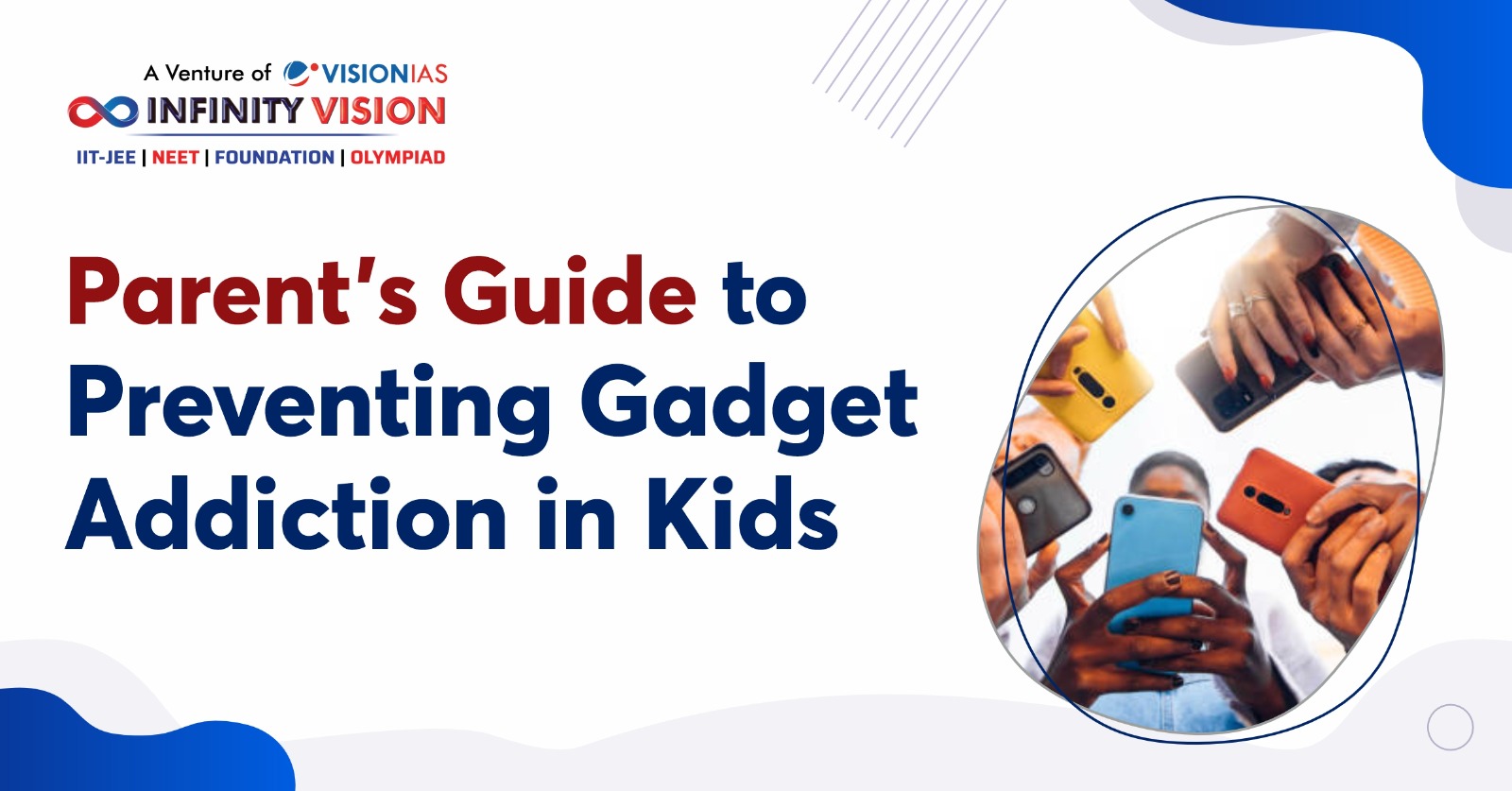How can we protect our children from becoming too dependent on gadgets? Breaking an addiction is truly tough even for adults, so proactive measures are a must. As ubiquitous as technology is these days, healthy habits need to be inculcated early. By imposing measures to reduce the use of gadgets, we will set our children on the path to living a balanced life.
Following are some practical approaches for safeguarding our kids against gadget addictions and promoting well-rounded development:
- Set Limits for Gadgets
Establish boundaries to the use of gadgets by setting technology-free zones and times, such as during mealtime or one night a week. One can also try avoiding media entertainment during homework time and establish daily or weekly screen time limits and curfews—for instance, no device an hour before bedtime. These limits, when enforced, help build healthier habits and reduce gadget addiction. Also, involve your child in setting these limits to help develop a sense of ownership and responsibility. This can facilitate an understanding of the worth of balance and how to make healthier choices regarding technology use.
- Engage in Physical Sports
Sports can develop healthy and positive activities for children, diverting their attention away from gadgets while engaging them in physical and social activities. Through sports, children can attain physical, psychological, and social benefits—a very positive alternative to gadgets. Moreover, the discipline and teaming aspect picked in sports will impart life skills that can benefit them in multiple aspects of life. It will also help in having a balanced way of life and develop enduring friendships through regular participation in sports.
- Monitor Content Consumption
It is essential to keep a watchful eye on the type of content your child is consuming across various platforms and devices. Encourage open communication by asking your child to share the apps, platforms, and types of content they enjoy. Foster a comfortable environment where your child feels at ease discussing their online experiences with you. Monitoring content is crucial to ensure your child avoids harmful and explicit material. However, striking a balance between moderating online content and respecting your child’s privacy is equally important.
- Set a Good Example
As a parent, model responsible digital behaviour by using technology mindfully and prioritising face-to-face communication and offline activities. Children will always follow what their parents do, not what they say. If they see you spending excessive time on gadgets, they are likely to mirror that behaviour. Lead by example by cultivating healthy habits, such as reading or cycling, to inspire your kids. Additionally, make an effort to limit your screen time, especially on your phone, when you’re around your child, reinforcing the importance of meaningful interactions.
- Set a Complex Password for Devices
Setting a complicated password for your devices can help regulate some of the time spent by your child using technology. That way, each time they wanted to use the computer, they would be forced to approach you once in a while when they needed the password. However, it would be based on your child’s age and needs. If you have older children who need the internet for schoolwork or another urgent function, you might want to use a more flexible approach. Consider a discussion with them about responsible usage and maybe setting specific times for the availability of the devices in order to maintain a balanced routine. This can help establish accountability yet with a supportive educational need.
It’s natural for children to protest when you limit their device usage. Patience is key during this process; try to handle their frustration with empathy and gently explain the reasons behind your decisions. Incorporating a reward system for adherence can motivate them and reinforce positive behaviour. Ultimately, fostering open communication will help children appreciate the importance of balancing screen time with other enriching activities.

Leave a Reply